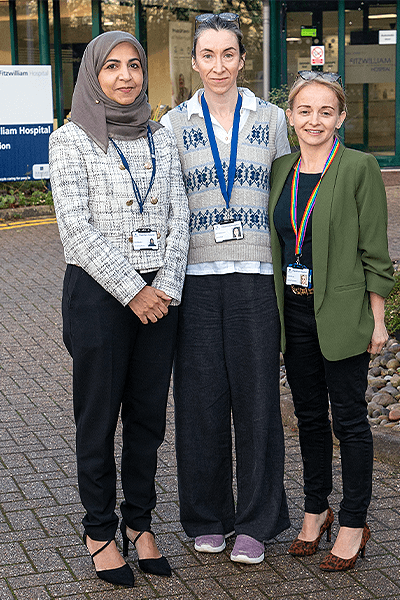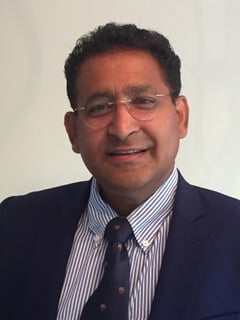Rhinoplasty is usually carried out under general anaesthetic and takes between an hour and a half to three hours depending on how much of your nose needs to be altered.
A rhinoplasty involves either making one cut across the skin between your nostrils (open rhinoplasty), or tiny cuts inside your nostrils (closed rhinoplasty). A closed rhinoplasty will leave no visible scars and causes less swelling.
During reduction rhinoplasty surgery your surgeon may treat these areas of your nose to create your desired look:
Bridge (or dorsum) your surgeon will remove the bone and cartilage causing your hump. They may break your nose to move the remaining pieces of bone closer together and to create a narrower nose.
Tip your surgeon will remove or reshape the cartilage that makes up your tip-support through your nostril, or by making a small cut in the area between your nostrils (known as the columella) in an open rhinoplasty.
Length your surgeon will reduce your central nose structure called the septum to reduce the tip and overall length of your nose. Your tip cartilages may also be adjusted.
Width your surgeon will break and reposition your side nasal bone to achieve a narrower appearance.
During augmentation rhinoplasty your surgeon may:
Increase the bridge or tip of your nose the contour of a flat bridge or tip can be changed using bone, cartilage or an implant. Bone or cartilage can be taken from your nasal bone or septum, or from other places such as your rib, hip or ear.
Change your septum to straighten or improve the appearance of your nose after a nose injury or if you have breathing difficulties. Your septum can be altered as part of your rhinoplasty or as a separate operation.
The skin over your nose will shrink or expand to its new shape.


